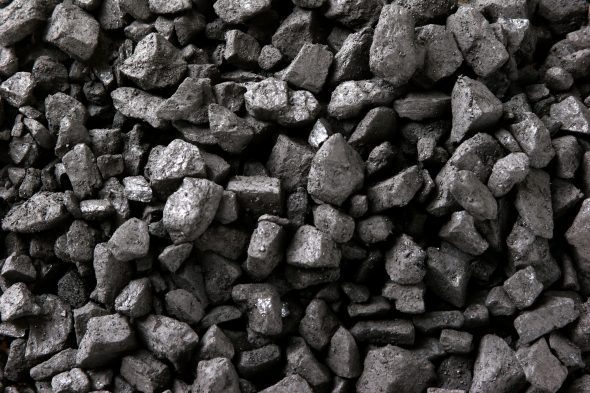The cost of extreme weather events throughout the world is mounting progressively as evidenced by insurance companies and by governments paying for infrastructure repair. Climate modelling indicates the frequency of these events is likely to increase, but NSW Premier Barry O’Farrell rejects the connection to climate change as a “politically correct debate”.
This pre-Enlightenment stance commits him and Queensland Premier Campbell Newman, who has a similar view on climate change, to disregard proper provision for future events—for what has been aptly called ‘the new normal”.
With each event, flood or fire, we face the usual Commonwealth/state brawl over who will pay, with consequent delay, frustrations and despair for victims and the revision of government budgets. Suggestions such as financial levies and the creation of disaster funds are debated vigorously till the water level falls and then ignite again with the next fire or flood. We will muddle along taking reparation from existing budgets and Newman will approach the Commonwealth on a regular basis.
There are benefits in looking at this issue as a medical problem for the toll of death and injury from extreme events is rising throughout the world and the thousands affected suffer stress, mental illness for many years as a result of displacement and economic loss. The costs of this are absorbed into existing health services. So is the cost of other climate change related increases in heat stroke, some infectious diseases and in the developing world, diarrhoea and malnutrition particularly in children.
In the IBIS report on the economic impact of the 2011 Queensland floods was estimated at $10b; impacts were studied on construction, tourism, transport, mining and agriculture. There are methods of assessing the cost to the community of death and injury however they were not used in calculating present economic impacts this extreme weather event. Subsequently a health service requiring more help in perpetuity for this eventuality was cut during budget constraints.
In any disease or injury the first principle is prompt and efficient management followed by subsequent care for as long as it takes for physical, mental and social recovery. The necessary reforms are detailed in submissions from Doctors organisations the AMA and Doctors for the Environment Australia (DEA. Recovery of individuals and communities is enhanced when they are confident that funding is ready and secure to provide relief for them and for the infrastructure that allows them to resume a normal life. Action to protect the public health can be by taxing, tobacco, alcohol or pollution.
The most appropriate source of redress for extreme weather events is the coal industry. Coal combustion within Australia and from coal exports has helped make each of us the world’s greatest green house emitters. Numerous international economic and scientific institutions see little chance of slowing climate change without prompt reduction of coal consumption.
The NDRRA is a pale shadow of what is needed. The logical public health proposal is to have a large permanent Disaster and Recovery Fund from a levy on the emissions that will be generated from coal exports. These are not subject to carbon tax. This Commonwealth Fund should be independent like the Future Fund but with funds invested ethically and certainly not in fossil fuels. It would provide disaster relief, repair of infrastructure and funds for prevention as detailed by many organisations such as the Flood Plain Management Association.
This initiative will demonstrate to the international community an important initiative on green house emissions from a country which frequently states its commitment to international causes but is silent on its carbon record.
It is an international public health measure by increasing the cost of coal and reducing air pollution which causes thousands of deaths. It is a means to control an industry which costs more to the community in the US than the profit it makes- and this may well apply to Australia, but conveniently for the industry it has not been assessed with the same diligence.
There is community acceptance of a levy when it is culled from the cause, is spent on restitution of the problem and avoids financial constraints on existing budgets.
Finally Queensland Local Government Minister David Crisafulli has said that the insurance industry should contribute to the cost of flood-proofing towns and cities! The Minister needs to move from his pre-Enlightenment stance to understand that his government and its predecessor has caused part of this problem and not the insurance industry.










